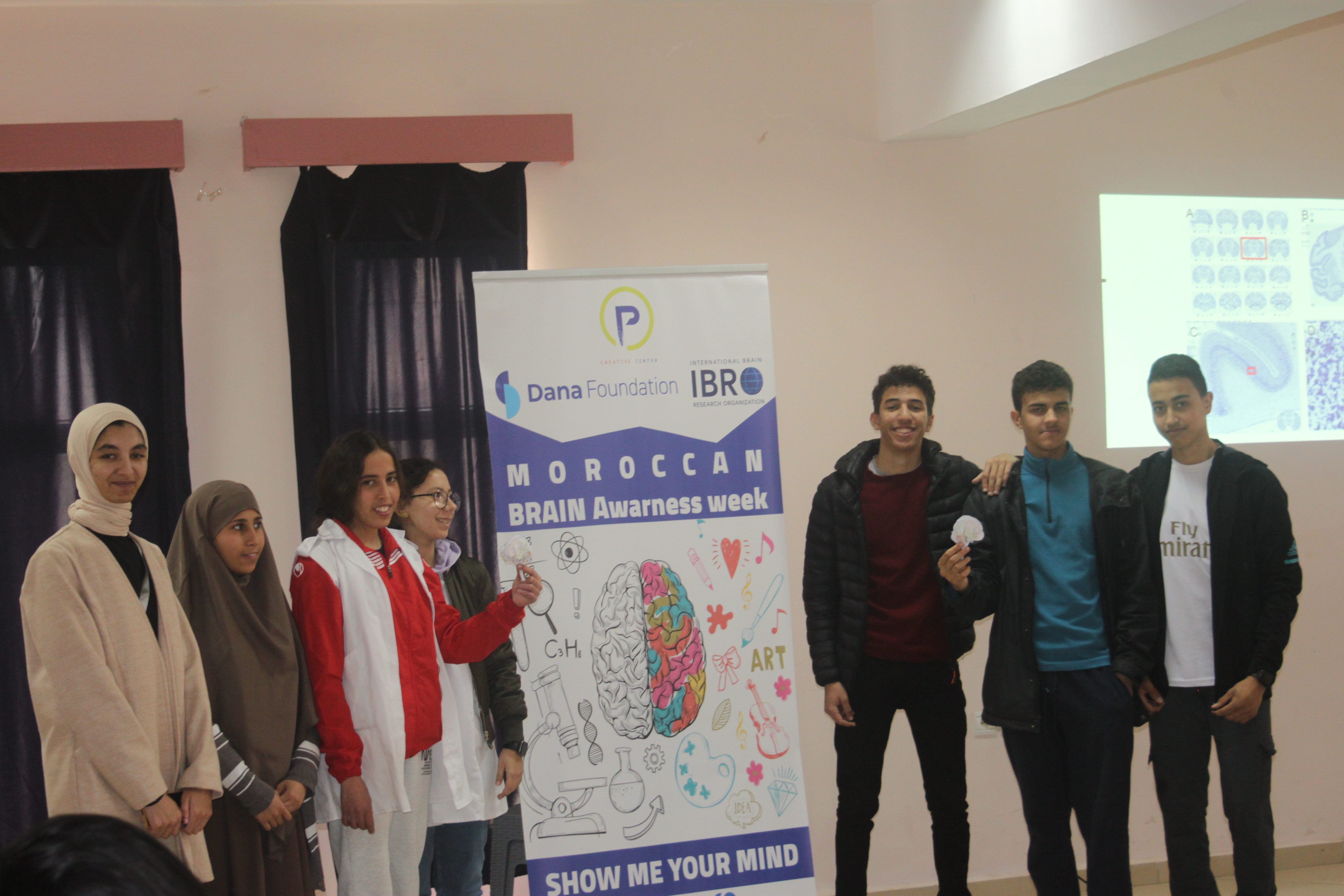Event Detail
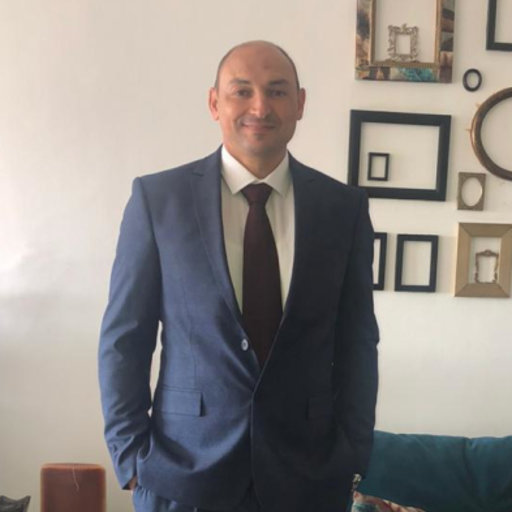
Report by Anass CHAKER LAMRANI
PhD in Biology and Health- 9.30 AM - 12.30 PM
- High school Mohammed CHRAIBI, Kenitra, MOROCCO
REPORT OF THE FIRST DAY
Preamble :
- On 06/03/2023,
- Number of participants: 57 students,
- The place: High school Mohammed CHRAIBI,
- The city: KENITRA

After a short presentation of the work theme, a word from the director of the establishment to the speakers and the participating students, followed by an explanation of the workshops prepared and their uses.
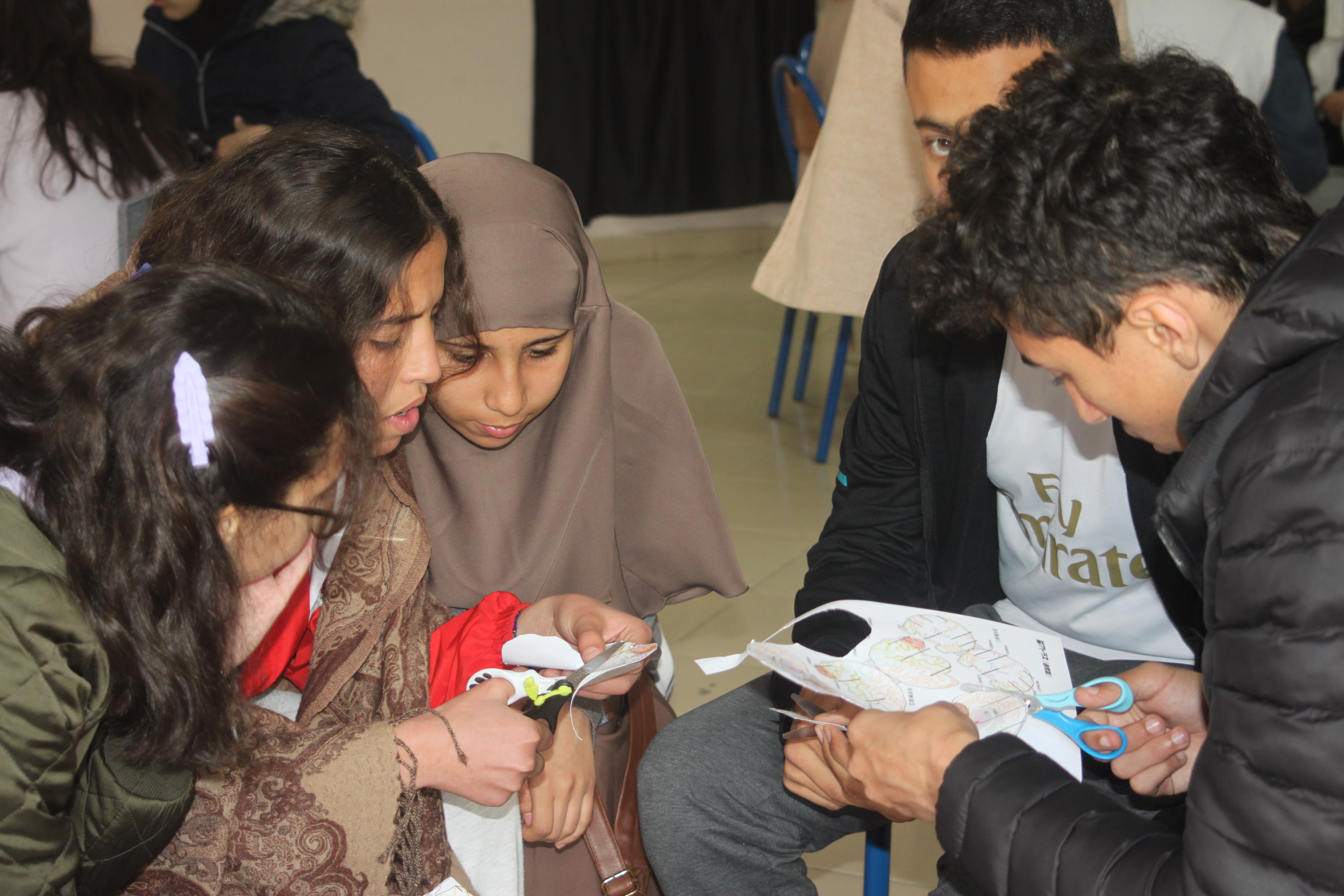
Workshop 1: knowing the structure and functioning of memory
In this workshop, the facilitators tried to present the brain and these external anatomical structures to the students by different means: datashow, images, ... This first step was very important to situate the students' representations in relation to the main organ of the human body. In order to better know the organ in these real dimensions, the animators prepared several animal brains: sheep and rat. It was also an opportunity to inform the students about the solution used to save the brain for scientific research purposes. By means of medical gloves, the students also had the opportunity to touch and carry the brains in their hands.
Workshop 2: dissecting an animal brain
In this part, with the help of the animators, the students had the opportunity to know how a scientist can use tools to dissect a brain. It was also important to situate the dissection in the objective of the research, that is to say, what will be our goal, is it the work on the external or internal parts of the brain, and in which sagittal or transverse section. With respect for the scientific protocol through the use of gloves, medical glasses and specific cutting edges.
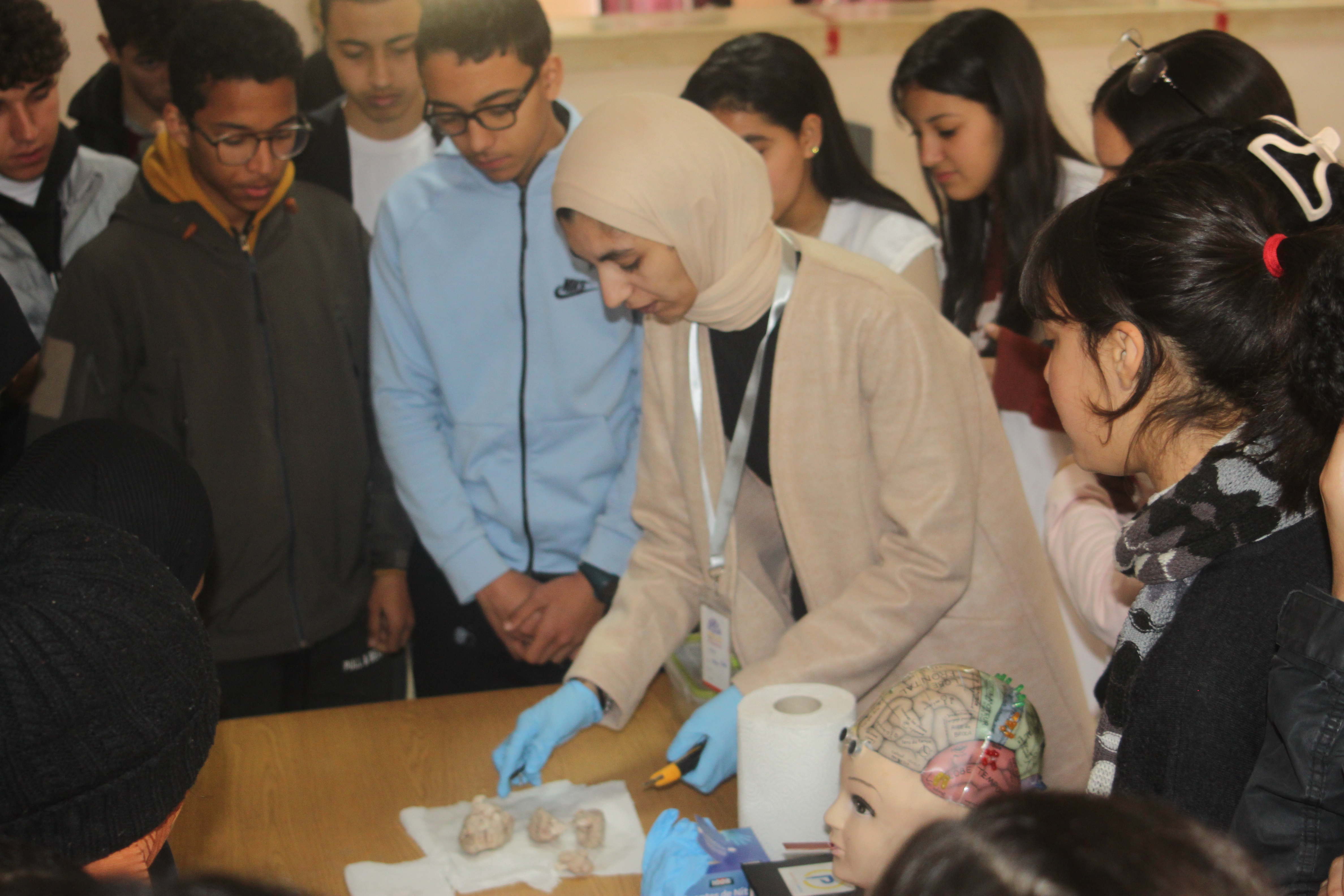
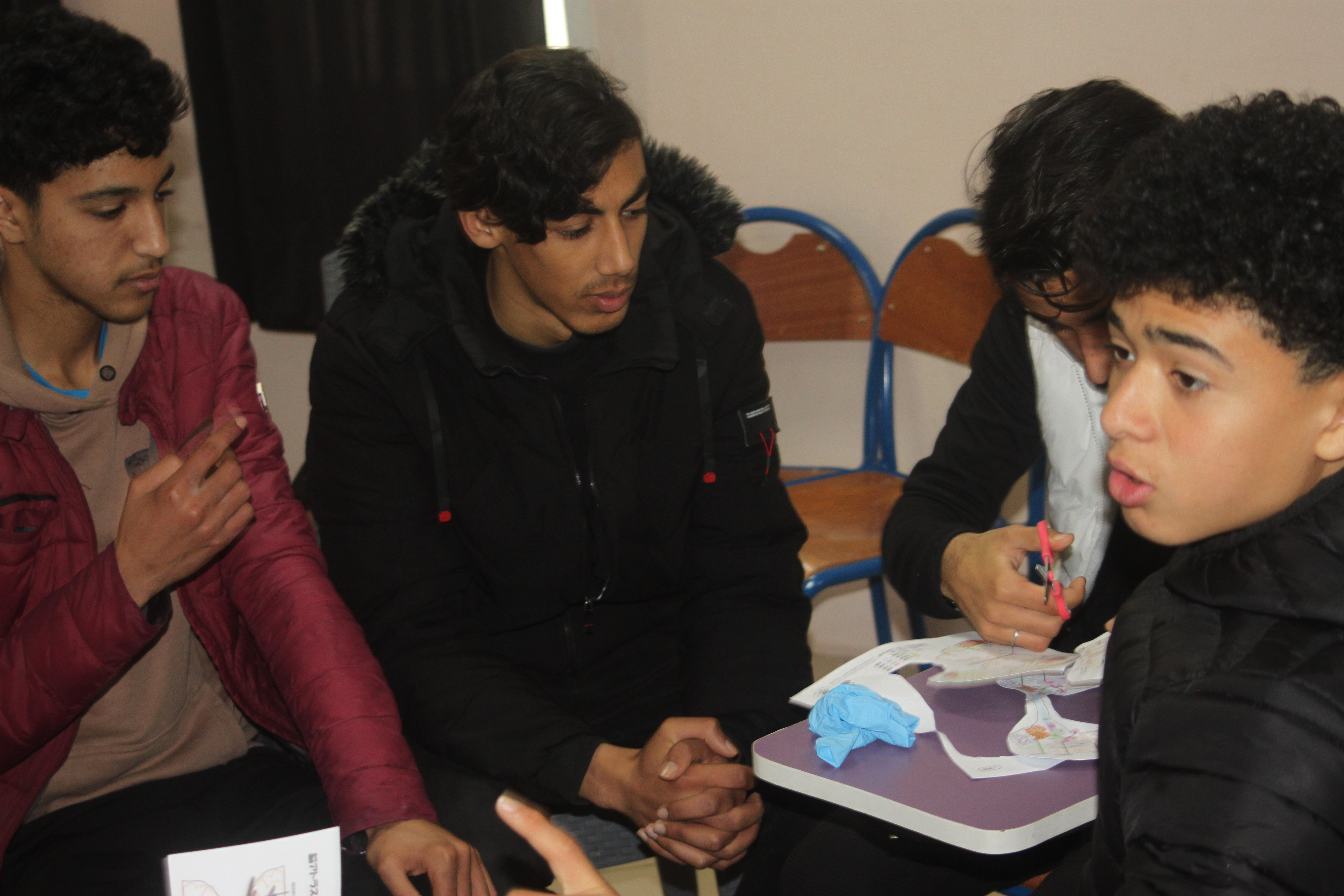
Workshop 3: knowing the influence of digital addiction on the brain
During the dissection, a clarification was made on the parts affected by digital addictions, such as the amygdala, the hippocampus and the frontal part. It was an opportunity for students to experience the harmful effects of excessive use of technological tools on their cognitive and emotional faculties. Questions were asked as we went along to clarify things or to find out more.
Workshop 4: creating and using the technological prototype of the human brain
This hands-on workshop was an opportunity to make a human brain by putting together parts cut by themselves. At the end of the workshop, each group of students was able to bring together two paper brains and adopt a collaborative and also competitive work.Thereafter an experimental use of the prototype made by the student engineers allowed the students to really see the stimulation of the parts concerned by each human sense. By experimenting and bringing together the parts of the brain, the students were able to know, understand and visualize in real time the entire structure and functioning of the human brain.
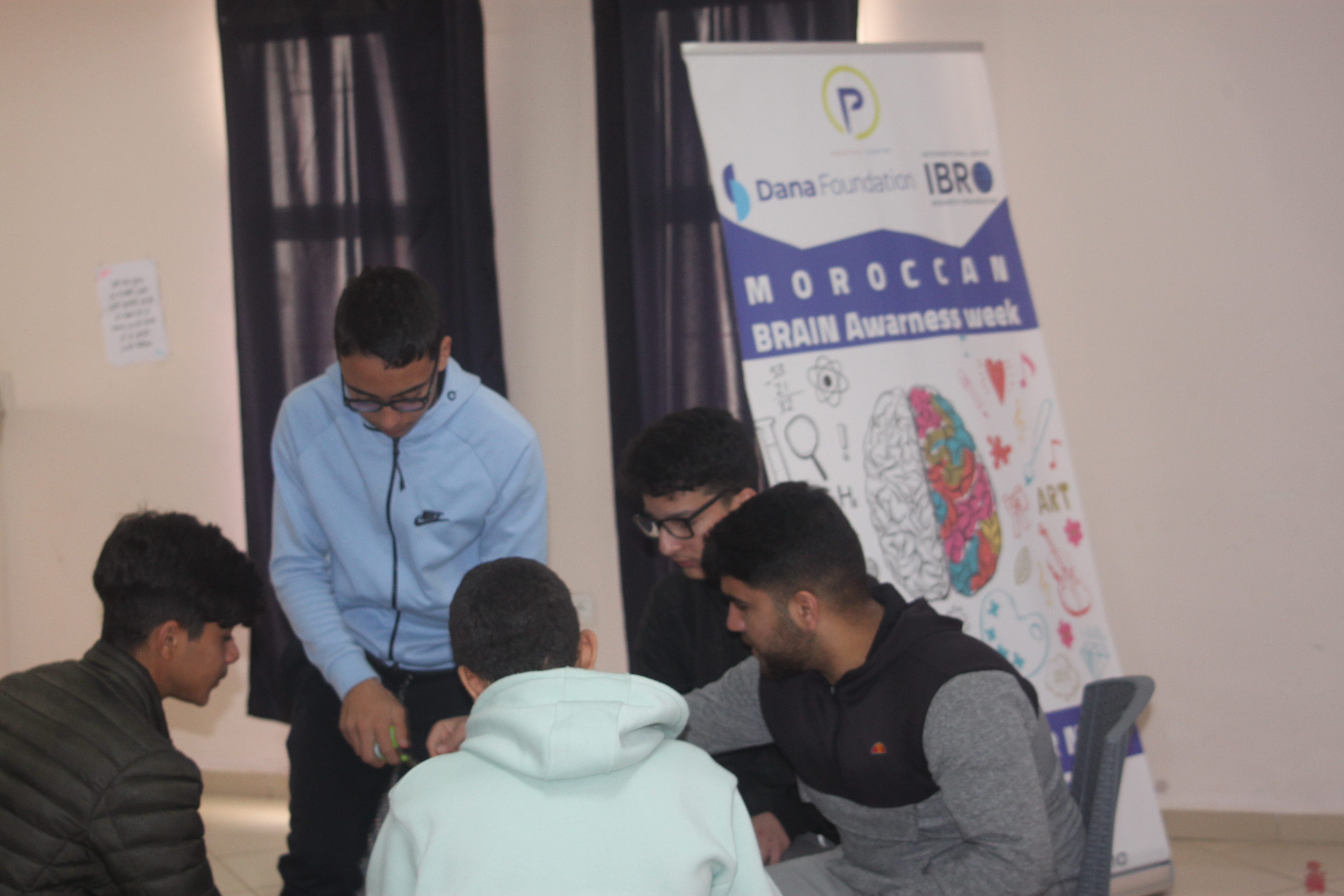
Summary :Towards the end of the workshops, it was an opportunity to recall all the activities carried out and also the information retained by the students.
A celebration of the end of the workshops was also an opportunity to give participants certificates of participation in the MOROCCAN BRAIN AWERNESSE WEEK workshops.
- MONTE CLERE school groupI, Kenitra, MOROCCO
- 9.30 AM - 12.30 PM
REPORT OF THE SECOND DAY
Preamble :
- On 07/03/2023,
- Number of participants: 40 students,
- The place: MONTE CLERE school group,
- The city: KENITRA

A short presentation of the objective of our theme with the participation of the administrative staff and then we started our activity. The particularity of this day was related to the animation of the workshops in the presence of two school levels: the 6th primary years and the 9th college years. Bringing the two levels together was an experiment for us to see the degree of interactions that participants can feel when having original content in partnership with others. an opportunity also to see the degree of attention and the quality of the questions asked by the two levels. .
Workshop 1: theoretical presentation of brain structures
The use of the general presentation was consistent with the presence of the two school levels to explain globally according to the students' subsequent knowledge of the brain, especially since each school level benefited during its program from a module on the nervous system.. Thus, based on the slides presented, the objective was to introduce participants to know the parts of the brain and also the lobes that constitute it.
Workshop 2: touching, carrying and dissecting an animal brain
The second part was an opportunity to come into direct contact with the real brains that we brought to the participants. In front of them, the operation of the dissection of the brain took place without incident, accompanied by explanations presented by the animators. Discover the protocol of scientific research with scientific ethics in the use of animals in the laboratory and with the discovery of dissection tools and the microscope.
Workshop 3: use the microscope and discover the brain
The advantage in this school group is that we found an electron microscope, and it was an opportunity for the students to live this experience of handling and using the microscope and also to see some sections of a brain. of rat already presented on the slides.The organization of the participants was also an opportunity for them to discuss the theme and also the information given around the presentation. What is also important is the connection made with the participants between the parts of the brain and also the school functions necessary for academic success.


Workshop 4: making a paper brain
For 6th graders, we offered a paper brain making workshop by cutting out and assembling all the pieces into one piece representing a paper brain. The collective workshop was also an opportunity for exchanges between the members and also for mutual aid in the constitution of the shredded parts of the brain.
Workshop 5: Make a brain helmet
For 9th graders; we proposed a more complex workshop by asking participants to make a helmet brain by gluing two parts of the hemispheres and taking an oval shape. The group workshop always gives participants the opportunity to communicate around the theme and also around the difficulties encountered.
Workshop 6: prototype and sensitive areas of the brain
By discovering the manufactured prototype, the students had the opportunity to discover the possibility of translating ideas in their head into real creation. The prototype gives participants the opportunity to see the reaction of their mobilization of a sense on the brain by the light of the LEDs on the brain. Interacting with the prototype and varying the discovery gives participants an additional opportunity to memorize information about the brain.


Summary :Towards the end of the activity, comments were made and clarifications regarding the content presented during the activity.
The end was also an opportunity to take pictures and thank the administrative staff and teachers who assisted during our activity.

